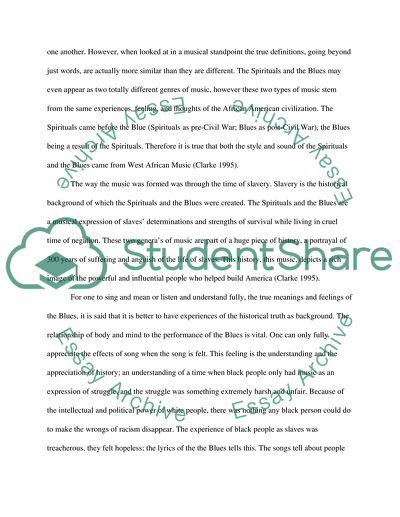Cite this document
(The Nature and Evolution of the Blues Term Paper, n.d.)
The Nature and Evolution of the Blues Term Paper. Retrieved from https://studentshare.org/culture/1567801-the-blues-genre-of-music
The Nature and Evolution of the Blues Term Paper. Retrieved from https://studentshare.org/culture/1567801-the-blues-genre-of-music
(The Nature and Evolution of the Blues Term Paper)
The Nature and Evolution of the Blues Term Paper. https://studentshare.org/culture/1567801-the-blues-genre-of-music.
The Nature and Evolution of the Blues Term Paper. https://studentshare.org/culture/1567801-the-blues-genre-of-music.
“The Nature and Evolution of the Blues Term Paper”. https://studentshare.org/culture/1567801-the-blues-genre-of-music.


